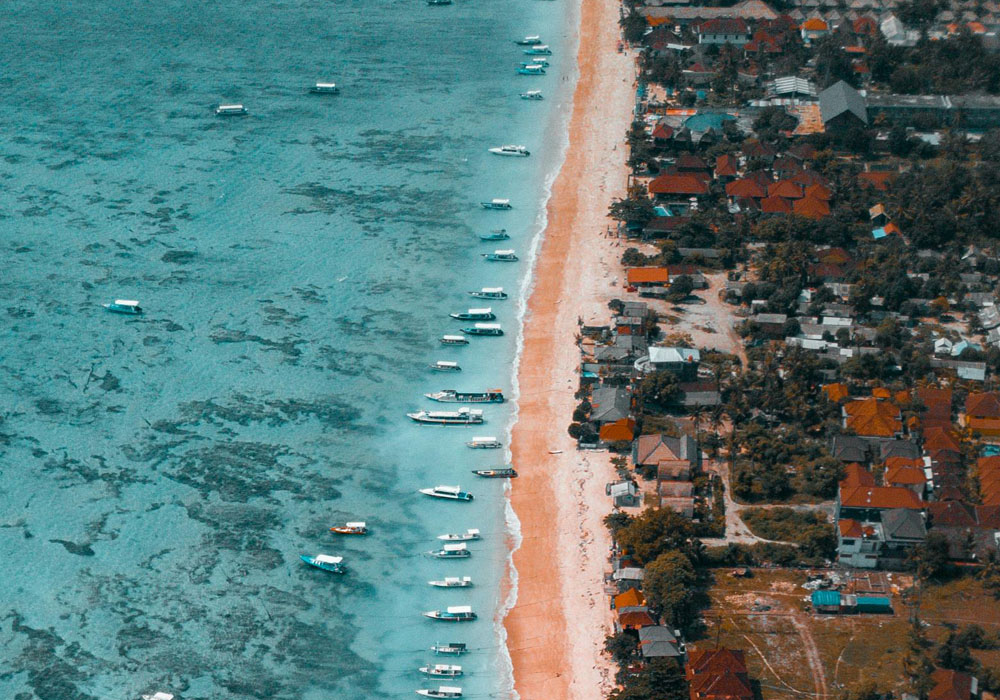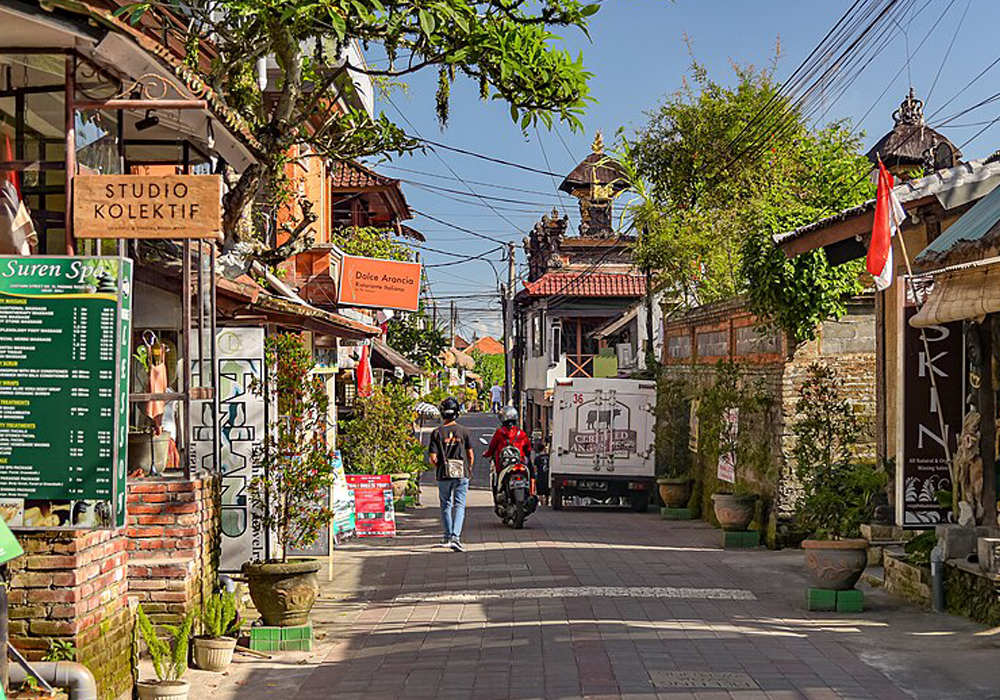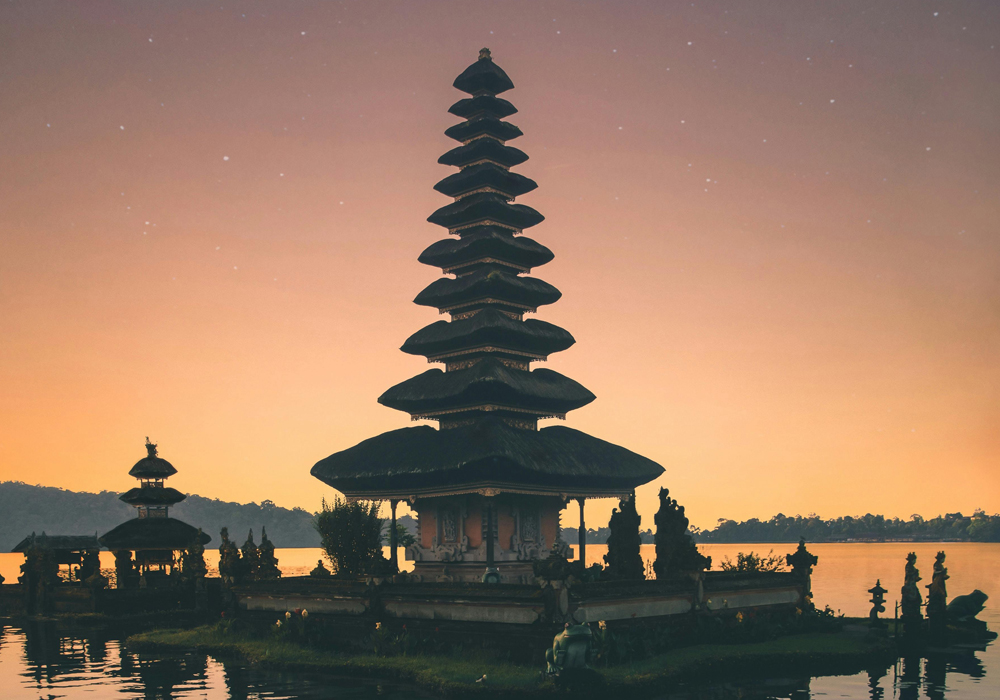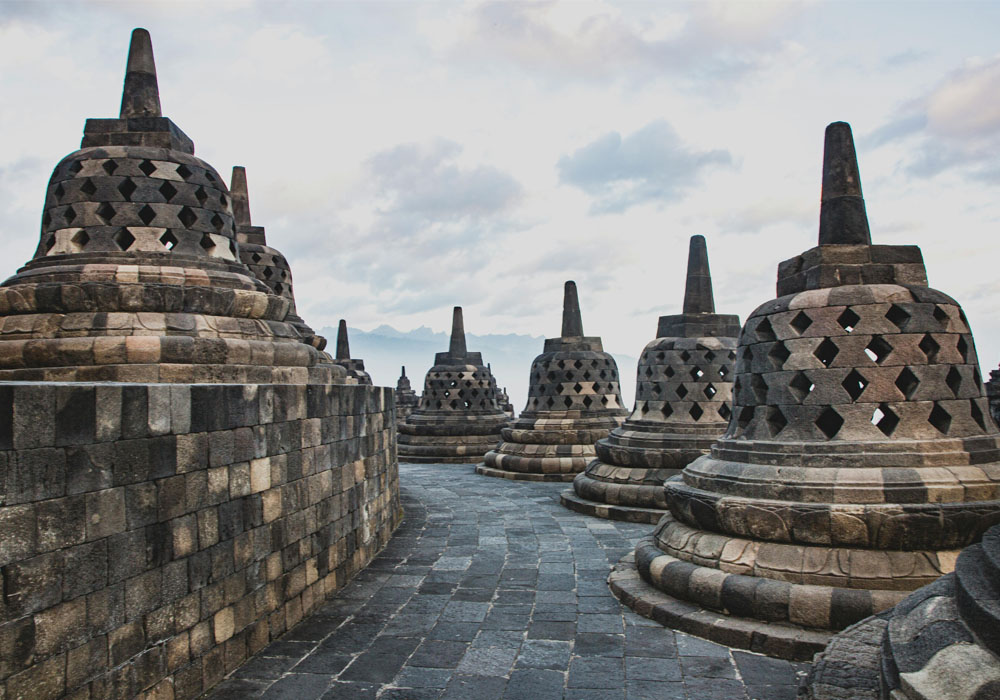Oh, Indonesia! The land of a thousand islands, a million smiles, and enough spicy food to make your tastebuds do a happy, fiery dance. If you’re looking for a country that’s a wild, wonderful, and sometimes wonderfully chaotic mix of everything, you’ve found your paradise.
Forget your sensible, predictable holidays; Indonesia is here to give you an experience so unique, you’ll wonder if you accidentally stepped into a particularly vibrant dream.
The Great Human Migration (Mostly to Java)
Let’s talk about the people, because, well, there are a lot of them. We’re talking over 280 million souls, give or take a few million who are probably just chilling on a remote island somewhere, perfecting the art of doing absolutely nothing.
If Indonesia were a party, it would be the kind where everyone’s invited, and the guest list keeps spontaneously expanding.

Now, where do all these wonderful humans hang out? You might think they’d be evenly distributed across those 17,000-odd islands, enjoying their own private slice of tropical heaven.
But no, no, no. The vast majority – and by vast, I mean “almost two-thirds of the population” – decided that Java, an island about the size of New York State, was the place to be. It’s like everyone got the memo that Java had the best street food, the most exciting traffic jams, and the highest concentration of “What just happened?” moments.
Why the Java obsession? Well, historically, it’s been the center of power, trade, and all things bustling. It’s got fertile volcanic soil (great for growing rice, which is basically the national currency), and it’s home to Jakarta, a city that decided to combine the energy of a thousand espressos with the traffic of a hundred rush hours.
Plus, let’s be honest, trying to build infrastructure and connect people across thousands of islands is a logistical nightmare. It’s probably easier to just cram everyone onto one island and let them sort it out with a collective “gotong royong” spirit and a healthy dose of patience.

The other islands, while stunningly beautiful, often lack the economic opportunities and infrastructure that Java boasts. So, while you might dream of a serene life on a remote Sumatran beach, the reality for many is that a job, education, and the sheer vibrancy of city life are found in Java.
A Kaleidoscope of Cultures (and Why Everyone’s Different)
If you think “Indonesian culture” is one neat little package, you’re in for a hilarious surprise. Imagine trying to herd a thousand excited cats, each speaking a different dialect, wearing a unique traditional costume, and holding a plate of their grandma’s special sambal. That’s Indonesia’s cultural landscape.
We’re talking over 700 spoken languages and dialects! Yes, you read that right. Seven. Hundred. This means that if you’re trying to learn “Indonesian,” you’re essentially learning the common tongue, but you’ll still be delightfully confused when you venture outside the main cities.

And cultures? Oh boy. There are hundreds, each with its own intricate traditions, ceremonies, dances, and, of course, culinary delights. You have the gentle, artistic spirit of the Balinese, deeply intertwined with Hinduism and daily offerings that make every street corner a living art installation.
Then there’s the fierce, proud heritage of the Batak people in Sumatra, known for their powerful singing and strong family ties. The Javanese have their refined courtly arts and shadow puppetry, while the Dayaks of Borneo have their animistic traditions and incredible longhouses.
Why such a glorious explosion of diversity? It all goes back to those islands. For centuries, communities developed in relative isolation, fostering their own unique customs, beliefs, and languages.
Trade routes brought influences from India, China, and the Middle East, leading to a fascinating blend of indigenous practices with Hinduism, Buddhism, Islam, and Christianity.
Colonialism also played a role, but fundamentally, Indonesia is a patchwork quilt woven from countless vibrant threads. It’s a place where you can witness a traditional cremation ceremony one day, a lively Christian church service the next, and then find yourself celebrating Eid al-Fitr with a Muslim family. It’s like a cultural buffet where you just keep going back for more, each dish surprisingly different and utterly delicious.
The Great Divide: Village Life vs. City Hustle
The life of an Indonesian really depends on whether they’re breathing in the clean, green air of a village or the delightfully polluted, honk-filled air of a big city.

In the village, life often moves at a pace that would make a snail seem like a Formula 1 car. Days are dictated by the sun, the rice paddies, and the rhythm of communal life.
“Gotong royong,” or mutual cooperation, isn’t just a catchy phrase; it’s the bedrock of existence. If someone needs a house built, the whole village pitches in. If there’s a wedding, everyone’s involved in the preparations, from cooking mountains of food to decorating every available surface.
Food is often fresh from the farm, conversations happen face-to-face (not through a screen), and the biggest drama might be a rogue chicken in the vegetable patch. Success here isn’t measured in rupiah in the bank, but in a bountiful harvest, a healthy family, and a strong sense of community.
The elderly are revered, traditions are upheld with pride, and the concept of “keeping up with the Joneses” is probably less about a new car and more about having the plumpest ducks.
Then you have the big city, particularly Jakarta, which is less a city and more a living, breathing, honking, traffic-jamming organism.
Here, the pace is frenetic. People are glued to their smartphones, the air hums with the whir of motorbikes, and “personal space” is a concept whispered only in hushed, hopeful tones. Life is about the hustle: navigating endless traffic, battling for a spot on public transport, and working long hours to climb the economic ladder.
For many, the dream is to escape the kampung (village) and find prosperity in the metropolis. Success in the city is often measured by tangible assets: a good job, a decent apartment (even if it’s tiny), a car (to get stuck in traffic with), and the ability to afford the latest gadgets. Education is highly valued as a pathway to upward mobility.
However, even in the big city, the Indonesian spirit of community often prevails. People might live in towering apartment blocks, but they’ll still find ways to connect, whether it’s through shared meals, community events, or just a friendly chat over a cup of kopi.
And while the pursuit of material success is strong, there’s often an underlying understanding that true wealth lies in family, faith, and the simple joys of life.
The perspective on success is often a blend: aspiring for a comfortable life, but also maintaining strong social ties and a sense of gratitude for what they have, even amidst the chaos. Because, let’s face it, in Indonesia, even the chaos is part of the fun.
